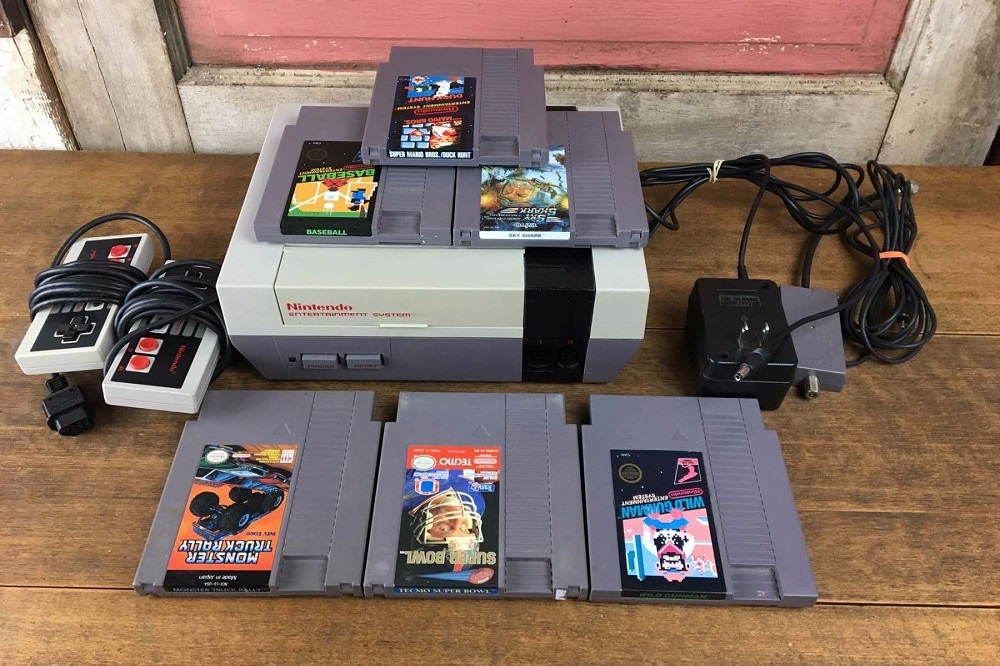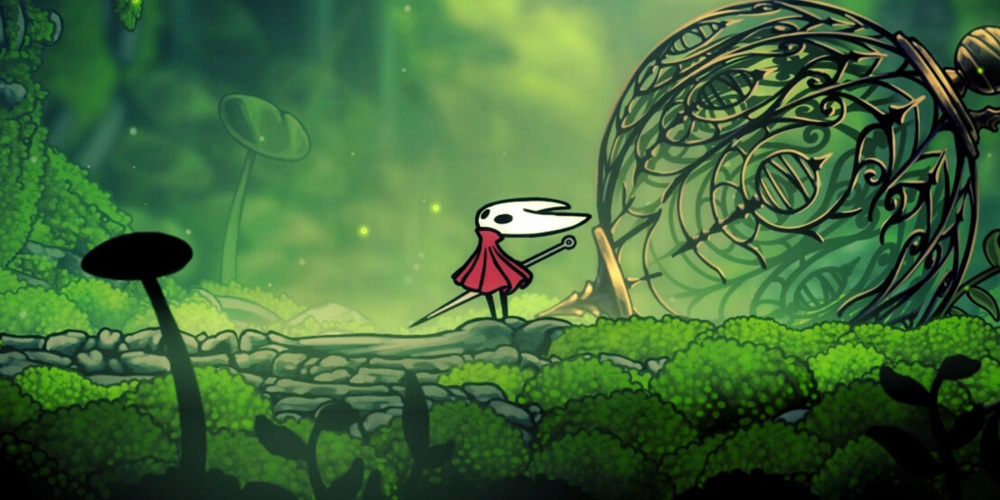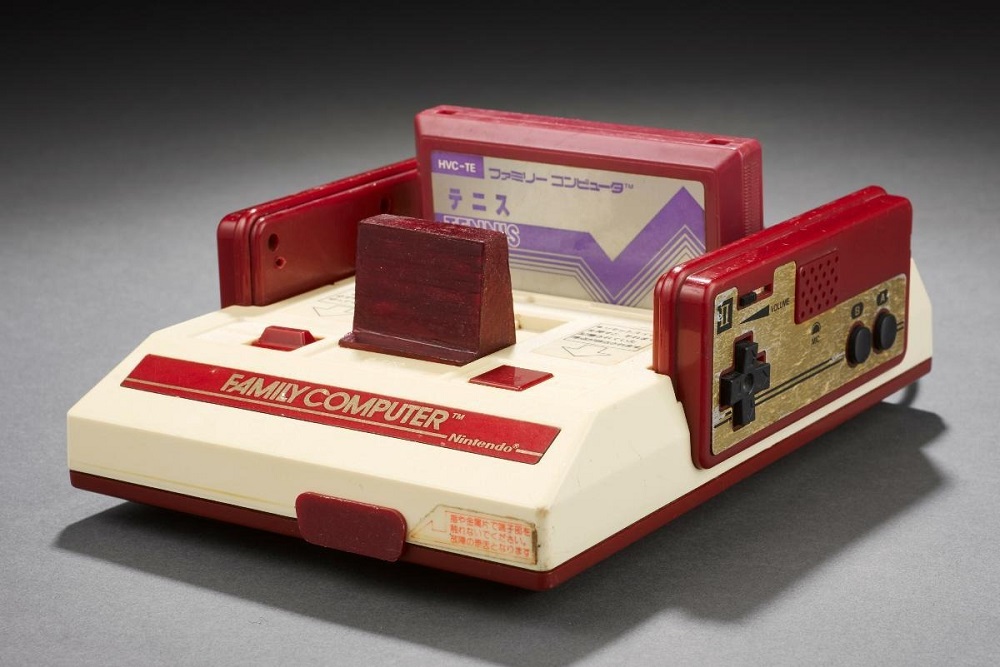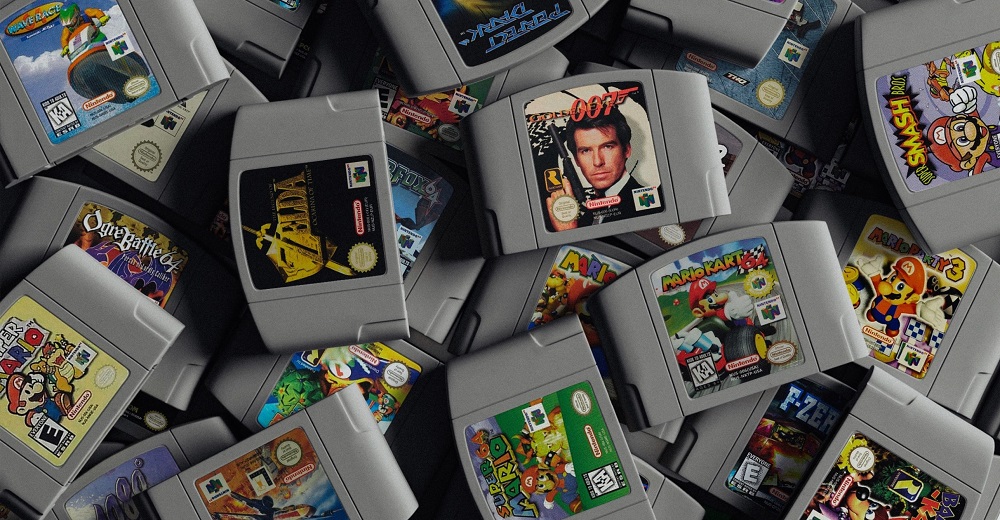In the wake of the 1983 video game crash, the American gaming industry lay in ruins. Retailers had lost confidence, customers felt burned by low-quality titles, and home consoles were considered a fading fad. But in 1985, a Japanese company dared to enter this broken market with a strange new machine called the Nintendo Entertainment System (NES). Against all odds, it revived the entire industry.

The NES launch in the US was more than a business success—it was a cultural reset. Let’s explore how this moment changed everything for gaming in the West.
A Broken Market: Understanding the 1983 Crash
Before we dive into the NES story, we need to understand what went wrong. The early 1980s saw a flood of consoles like the Atari 2600, ColecoVision, and Intellivision competing for attention. Game quality was inconsistent, and infamous flops like E.T. the Extra-Terrestrial eroded trust.
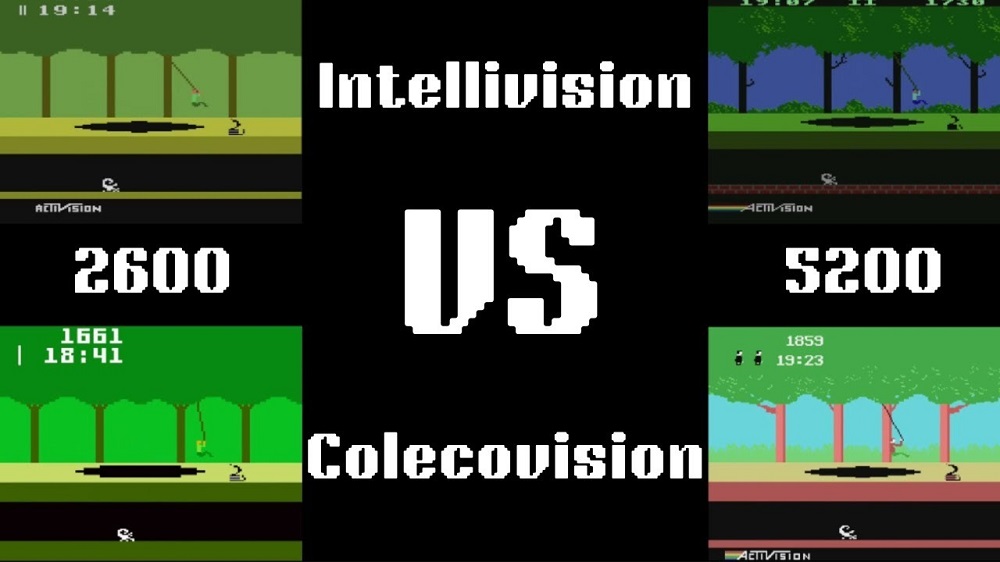
Retailers were left with unsold inventory. Consumers were frustrated. In 1983, the video game industry in North America collapsed, with revenues falling by nearly 97%.
Nintendo, on the other hand, had just launched the Famicom in Japan. It was a success. But could it work in the US?
Nintendo’s Strategic Redesign: From Famicom to NES
Nintendo knew they couldn’t just port the Famicom to America. The brand “video game console” had become toxic. So they rebranded the machine completely:
- A new gray box design that resembled a VCR
- Renamed as the Nintendo Entertainment System (NES)
- Bundled with a futuristic-looking toy: R.O.B. the Robot, to position it as an “entertainment system”
This strategic move was essential in convincing retailers to give it a shot.
The Soft Launch: New York City, 1985
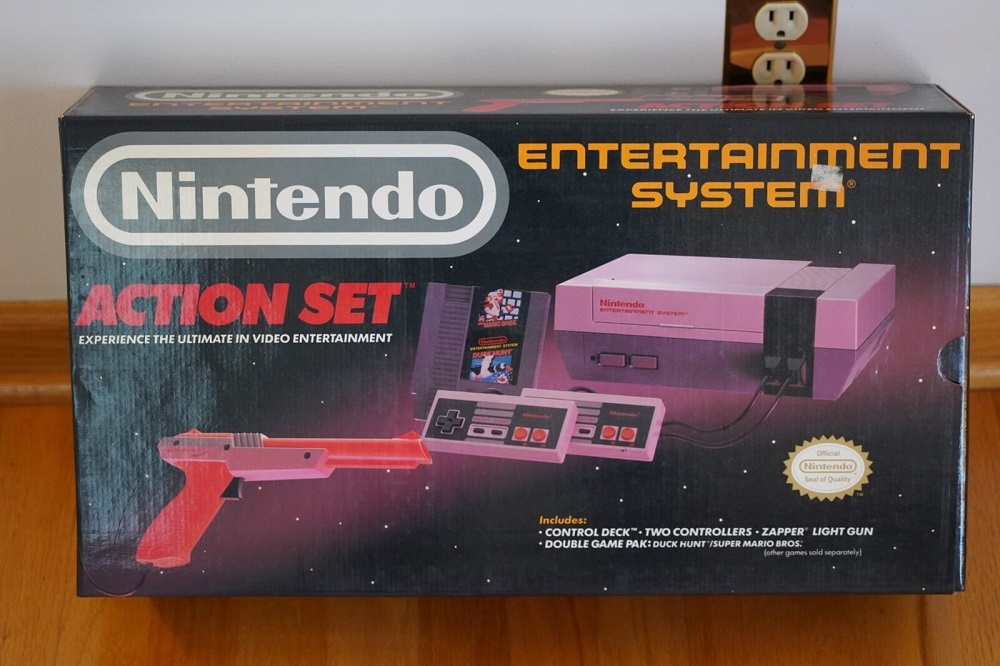
Nintendo started small. In October 1985, they launched the NES in limited quantities in New York City. The goal was simple: prove it could sell.
They pulled out all the stops:
- Demos in toy stores
- Generous return policies for retailers
- In-store events
- A lineup of 18 launch titles, including Super Mario Bros., Duck Hunt, Excitebike, and Ice Climber
The response was better than expected. Kids loved it. Word spread fast.
What Made NES Stand Out
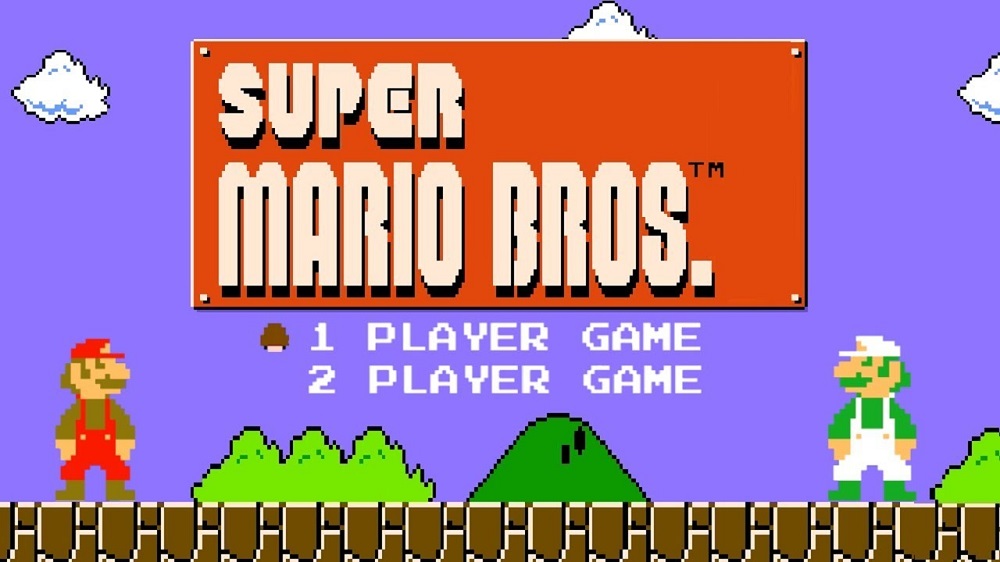
1. Quality Control via Licensing
Nintendo introduced a revolutionary concept: third-party developers had to be licensed, and all games had to pass internal quality checks. This led to the famous “Nintendo Seal of Quality.”
2. Killer Software
Super Mario Bros. wasn’t just a launch title—it was a revelation. Fluid controls, secrets, catchy music. It redefined what games could be.
3. Accessories and Versatility
The NES included the Zapper gun, R.O.B., and other add-ons that made it feel futuristic. Its modular nature gave it broad appeal.
4. Marketing & Trust Rebuilding
Nintendo didn’t just sell games—they rebuilt trust. With clear branding, parental guidance, and character mascots, they invited families in.
Nationwide Rollout and Explosion in Popularity
After the New York trial succeeded, Nintendo expanded to Los Angeles, Chicago, San Francisco, and by mid-1986, the NES was available across the country.
By 1987, the NES had:
- Captured over 90% of the video game market
- Sold millions of units
- Established Mario, Zelda, and Metroid as franchise pillars
Thanks to the NES’s success in the U.S. market, consumer confidence in video games slowly returned, setting the stage for future innovations like the Game Boy, which brought Nintendo’s magic into players’ pockets. The NES wasn’t just selling consoles—it was redefining pop culture.
Legacy of the NES Launch
The NES launch laid the foundation for:
- A revitalized home console market
- Franchises that are still dominant today
- The rise of Nintendo as a global brand
It also ushered in:
- Game design principles we still use (e.g., side-scrolling, level progression, difficulty balancing)
- A blueprint for console launches that every major company would follow
In short, the NES didn’t just rescue gaming—it created the modern industry.
Technical Specs
| Feature | NES (US version) |
|---|---|
| CPU | Ricoh 2A03 (8-bit) |
| Resolution | 256×240 |
| Colors | 48 (simultaneously 25 on screen) |
| Storage Medium | ROM cartridges |
| Audio | 5 sound channels |
| Controllers | 2 detachable ports |
| Launch Date (US) | October 18, 1985 (NYC) |
NES Today: Retro Royalty
Retro gamers, collectors, and speedrunners still cherish the NES today. Its games continue to inspire new titles, its music is sampled in modern tracks, and its influence on gaming culture is second to none.
Without the NES, gaming in the US might have died in the ‘80s. Instead, Nintendo’s smart design, bold marketing, and exceptional games rebuilt the industry from the ground up.
From the ashes of Atari and the failures of countless clones, the NES stood tall—and gaming has never looked back.
